
The thing about fly fishing is that it depends on knowledge and experience, neither of which come easily. If you’re venturing to a new area, chances are you’re going to spend a significant portion of the time doing the absolute wrong thing, which can be valuable in the long run, but also makes you look like, you know, a tourist.
So, in an effort to flatten the learning curve for your next trip, we’re kickstarting a brand-new series on this blog called Great Places to Fish. It’s about, you guessed it, great places to fish. We’ll tackle the basics for some of the country’s most iconic destinations, offering insight on five major categories:
- Fish Species
- Hatches
- Access
- Gear
- Logistics
To start things off, we’re going to give you the rundown on the famed South Fork of the Snake River in southeastern Idaho. We recently had the chance to take the Moonshine Team to this dry fly paradise, get some first-hand information, which we’re going to pass on to you right about…now.
South Fork of the Snake Overview:
If you’re a fly angler, the South Fork of the Snake probably doesn’t need too much of an introduction. This beautiful watershed empties out of the Palisades Reservoir and meanders north, then west, eventually meeting with the Henry’s Fork to form the main branch of the Snake River, which meets with the Columbia River, and eventually dumps into the Pacific.
Below Palisades Dam, however, is where we’re concerned. All said and done, there are 64 miles of fishable water between the reservoir and the confluence of the Henry’s Fork, more than enough to keep anglers busy for a lifetime, which it has done for many throughout history. There are five sections to the river, the first being the farthest south below the dam, running all the way down to the confluence.
While the surrounding scenery is stunning, littered with cragged peaks, wooded valleys, and massive plains, you’re probably more interested in what’s actually in the river. The short answer: plenty.

South Fork of the Snake Fish Species:
There are three major salmonid species loaded in the 64 miles of river: Yellowstone cutthroat trout, rainbow trout, brown trout. And, with the first two species cohabitating, you’ve got hybrid cut-bows as well, which we’ll get to in a bit. First, let’s start with the main attraction.
Yellowstone cutthroats are voracious eaters and have a tendency to feed off the surface, which makes the South Fork one of the premier dry fly fisheries in the world. As you’ll learn when we run through the hatch calendar, there are very few times when dry fly fishing is not an option in this stretch of river. If that doesn’t make you want to pack your bags, we don’t know what will.
Then, moving on to the brown trout, there are healthy populations throughout the river, particularly in the lower sections of the river. Browns in the 20-plus-inch range are not uncommon, especially if you’re willing to throw a streamer against cut banks during higher flows.
Lastly, we have the infamous rainbow trout. These fish have garnered quite a bit of attention in recent years, with the Idaho Fish and Game actually shocking fish and removing them from the water, as well as removing any sort of bag limit for anglers wanting to keep their catch.
Now, we could dedicate an entire article to this topic because it’s highly controversial from just about every angle. In short, the local guiding industry depends on these rainbows for happy customers, and many argue that the shocking and removal programs are doing nothing but hindering all of the fish populations. And then there’s the argument that none of the fish in the river are native at this point anyway. Fish and Game, on the other hand, are on a mission to restore cutthroats to their original populations and, since rainbows interbreed and predate on cutthroat redds, they’ve become the primary obstacle.
All of this is to say that rainbows are a hot topic on the Snake, and there are plenty of political battles happening both for and against the removal of rainbow trout in the area. From a regulation standpoint, there is currently no limit on the number of rainbows you can harvest, but just know that most (all?) guiding services rely on the rainbow population for their livelihood and will most likely continue to treat the fish accordingly.
"Guiding services rely on the rainbow population for their livelihood and will most likely continue to treat the fish accordingly."
South Fork of the Snake Hatches:
As we mentioned before, there are many great times to toss a dry fly in the South Fork, but the primary seasons run from the third week of June through October. Generally, the reservoir is being flushed in the first two weeks of June, so flows are at all-time highs and fishing is not recommended. Any dates outside of that framework are considered shoulder seasons, which doesn’t necessarily mean poor fishing—the Moonshine team did quite well in May, for example.
But, without further ado, here are the key hatches for the South Fork. A huge thanks to Brett Novik, who guided on the river for decades, for providing this information.
March through June: The river is best to nymph, but you can expect PMD hatches during especially nasty weather. It can be productive for hardy anglers.
Late June: This is when the hatches truly kick off, starting with the salmon fly hatch during the fourth week of June. This is the time to throw those big dries for big fish. Then, the salmon fly hatch is followed by yellow Sallys and PMDs, followed by a small golden stonefly hatch that lasts from the end of June to the beginning of August.
July: Yellow Sallys and PMDs will continue to hatch through July. There is a green drake hatch in the third week of July, which is a newer development for the river, and will last for only a week or two.
August: PMDs continue to hatch. Look for another stonefly hatch during the third week of August, running to the first week of September. These “mutants” only have half a wing and are unable to fly, which means they skate across the water, ready for a trout to nail them on the surface. This is one of the most unique hatches in the country and fishing can be incredible from first light until late morning.
September: PMDs continue to hatch. Mahoganies will start to hatch as well, followed by blue wing olives in late September that run into mid October.
Late Fall/Early Winter: Streamer season. Large brown trout move into shallow water, cruising the flats, seeking shelter in the cutbanks, and feeding aggressively. This is the time to break out those big nasties and aim for a personal best.
Of course, like any trout fishery, nymphing is effective throughout the year, particularly in winter and early spring months. Check in with the local fly shops to see what fish are keying in on throughout the shoulder seasons.

South Fork of the Snake Access:
The best way to fish the South Fork is with a drift boat. Most of the river flows through private land, so access can be an issue for anglers on foot, though there are still plenty of areas to wade, which we’ll get to in a bit. Whether you have your own drift boat or are working with a guide, you’ll have much more opportunities at fish and much more success on a float.
In general, the river is split into five different sections.
Section one: The first section starts at Palisades Dam and is the best option for anglers without a boat, as much of the river is accessible by foot and is on public land. It ends at Conant Valley Boat Ramp, which also offers access to section two. At just a few miles, this is a great option for a shorter float. For anglers looking to wade fish, the best access points are located at Spring Creek Bridge and Fall Creek Campground.
Section two: This marks the upper canyon section of the river. It stretches from the Conant Valley Boat Ramp to the Cottonwood Boat Ramp for approximately 14 miles. Section two and section three enter the canyons, which are essentially inaccessible by foot and are also full-day floats.
Section three: Now, you’re fully in the canyon, floating from the Cottonwood takeout to the Byington takeout. Due to its remote location, this is one of the best places to get away from the crowds during summer months.
Section four: Now the river begins to empty out of the canyon into the plains, offering some stunning views and some of the most iconic fishing along the Snake. If you’re targeting a brown trout, this is probably the section you’ll want to start with.
Section five: This eight-mile float is one of the most remote sections of the river, but can be extremely productive during the earlier parts of the season.
Other than section one, these sections all represent fairly long days on the water. Be sure you’re packed for just about anything, with shells and warm clothing for those late-day storms, as well as plenty of food and water. There are also first-come-first-serve campsites along the entire river, and you can see all of them here. For anglers on a private boat, no special permits are required for fishing, other than your fishing license, of course.
Gear to Bring to the South Fork of the Snake:
Gear selection is fairly simple for the South Fork. For dry flies, a four- or five-weight Vesper or Drifter would be a great choice, with a six-weight of either if you’re looking to toss streamers. For late fall streamer fishing, it may not be a bad idea to bring a seven-weight Vesper along, especially if you’re throwing heavier streamers with a sink-tip line. A five- or six-weight Vesper is also a great choice if you’re looking to nymph as well.
Trout on the river don’t tend to be too tippet-shy, either, and you should be fine with a nine-foot, 5x tippet for small dries and a seven and a half-foot, 3x tippet for larger dries during the salmon fly hatches. Tippet spools in 2x, 3x, 4x, and 5x will keep you covered. For streamers, bring a 0x, 1x, or 2x tippet and a seven and a half-foot leader. Waders are not necessary during the summer months, and the river is very wadeable at countless sections along the river.
Logistics:
There are two primary fishing lodges in the area—the South Fork Lodge, located near Swan Valley, and The Lodge at Palisades Creek, located just south in Irwin, closer to the dam. Either are great options and have experienced guides for any float on the Snake. If you’re bringing your own boat, there are two shuttle services in the area—Julie’s Shuttles (208-483-2903) and Steve’s Shuttles (208-313-5443). For air travel, the quickest access is Idaho Falls or Jackson Hole, or you could drive up from Salt Lake City, which is just under four hours away.
There’s no way you could cover all that the South Fork has to offer in one article, but hopefully, this gives you a bit of a head start. As you’ve probably learned by now, there are plenty of options when it comes to time of year and access, and it’s a beautiful place to set a hook on a 22-inch cutthroat. As with any area, be sure to respect other anglers, pick up your trash, and leave it better than you found it—and don’t forget to adjust that drag.


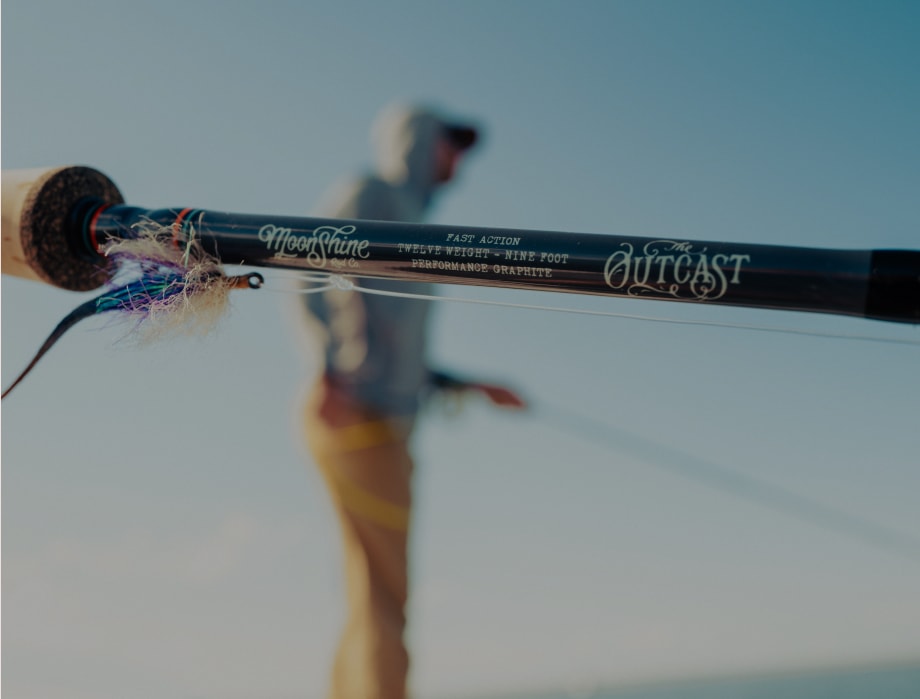
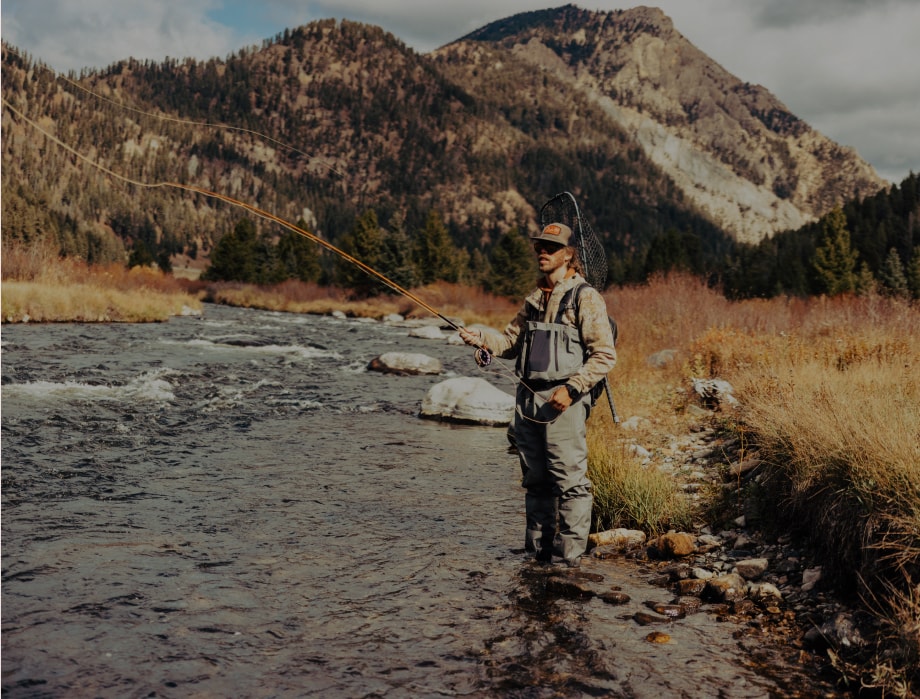
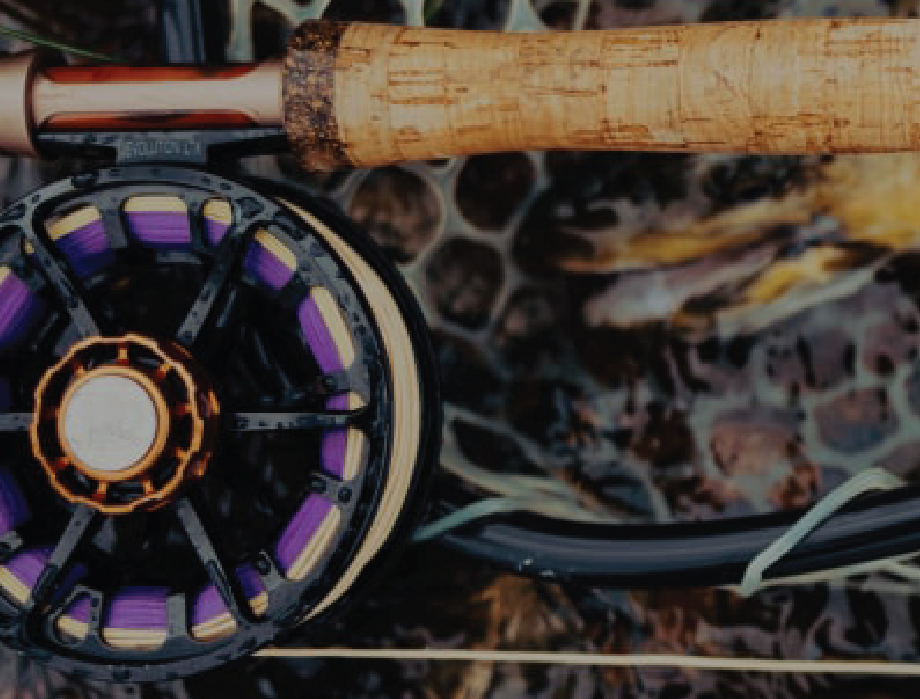


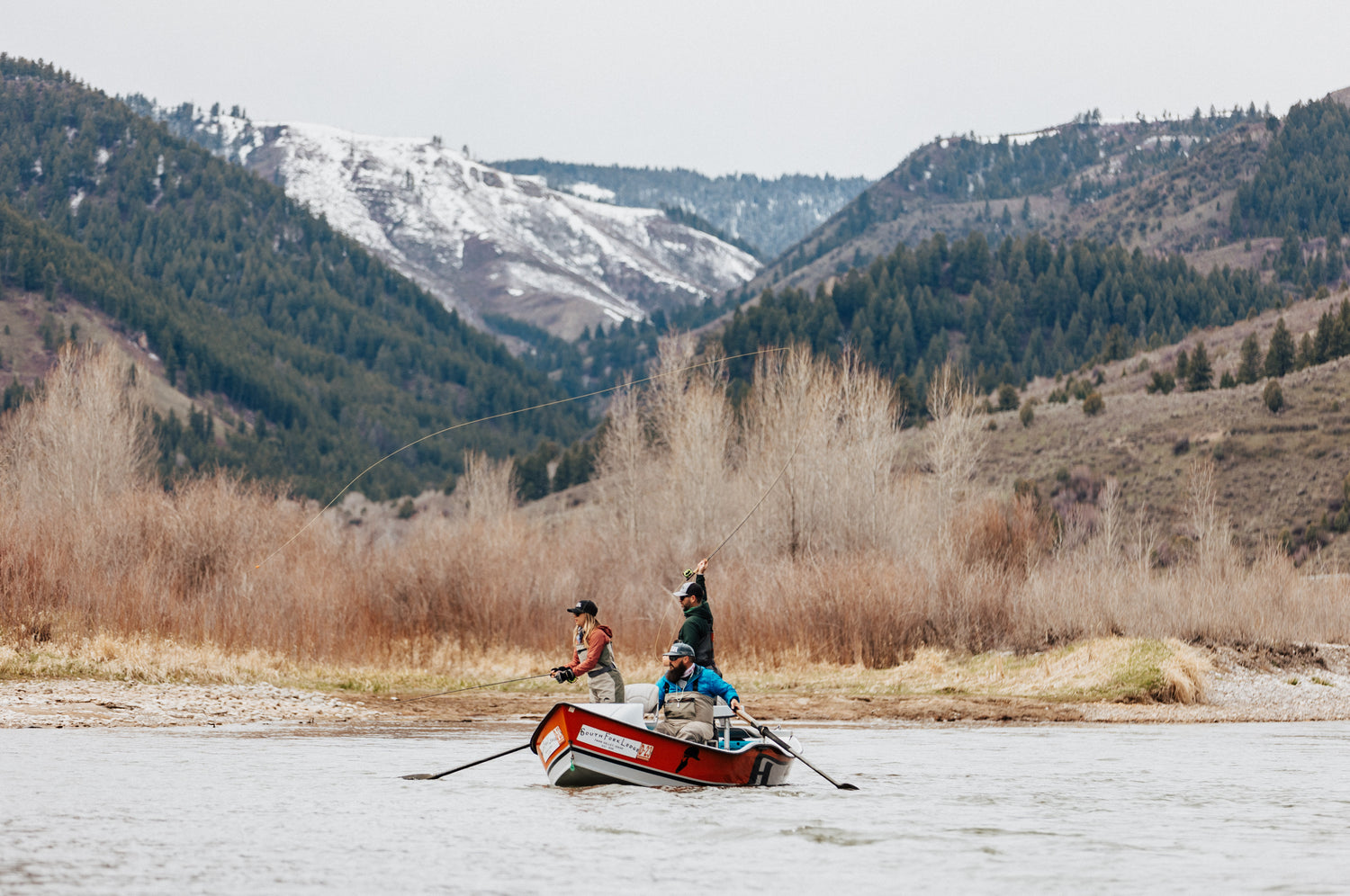

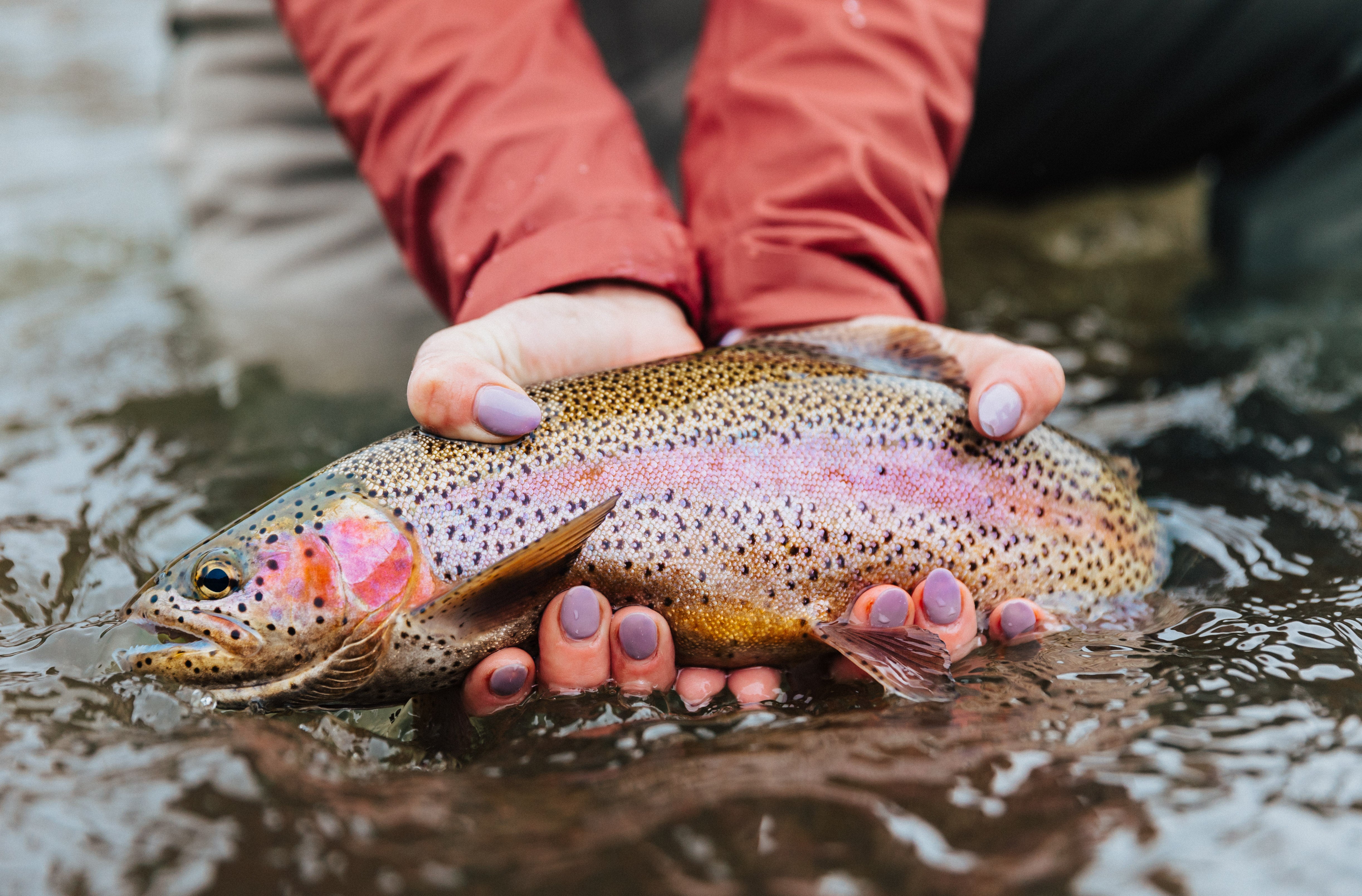
3 comments
Ken
Great article, full of information. Fishing the Snake is now on my bucket list. Thank you.
William Lane
I returned last Friday July 22, 2022 from three days on the South Fork. Fished sections two, three and four. Most fish were on two and three. Bigger fish were on section four. Fished a turd with a nymph. Did pretty good all three days but was slow at times. Plenty of action however and the scenery was incredible! PMDs were scarce.
William K. Lane, III
Headed to the South Fork July 18th through the 22nd 2022 / three days on the water / can’t wait
Leave a comment
All comments are moderated before being published.
This site is protected by hCaptcha and the hCaptcha Privacy Policy and Terms of Service apply.